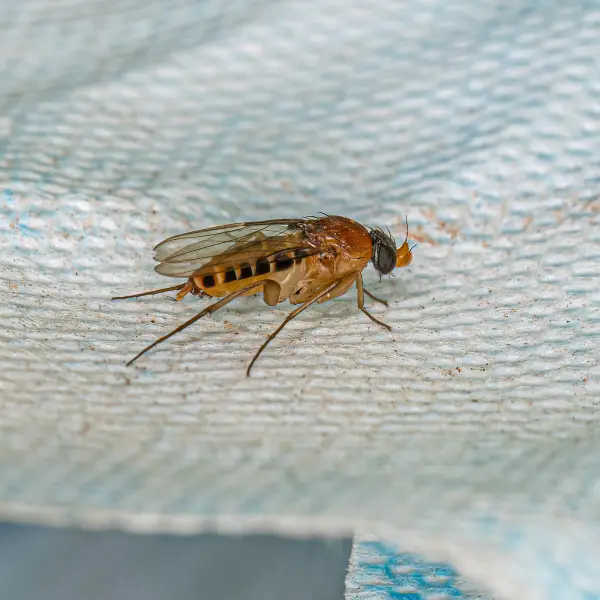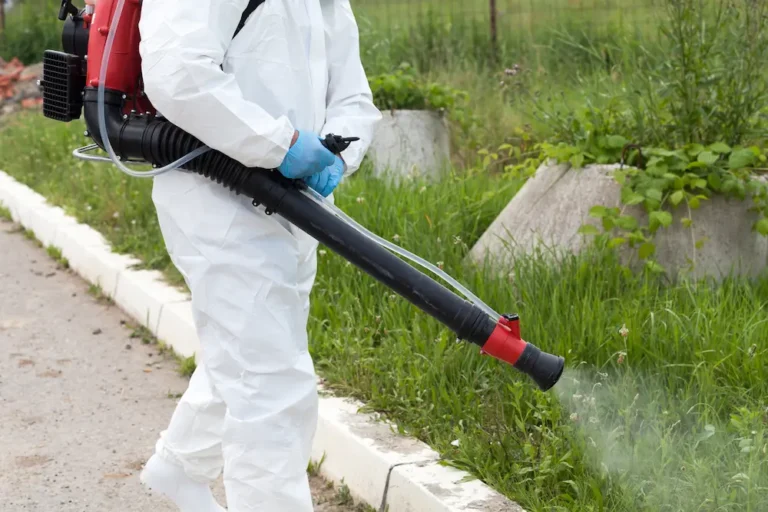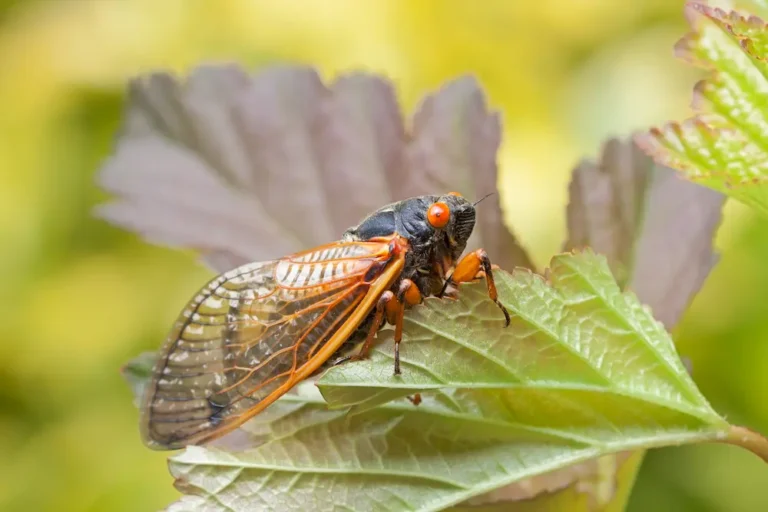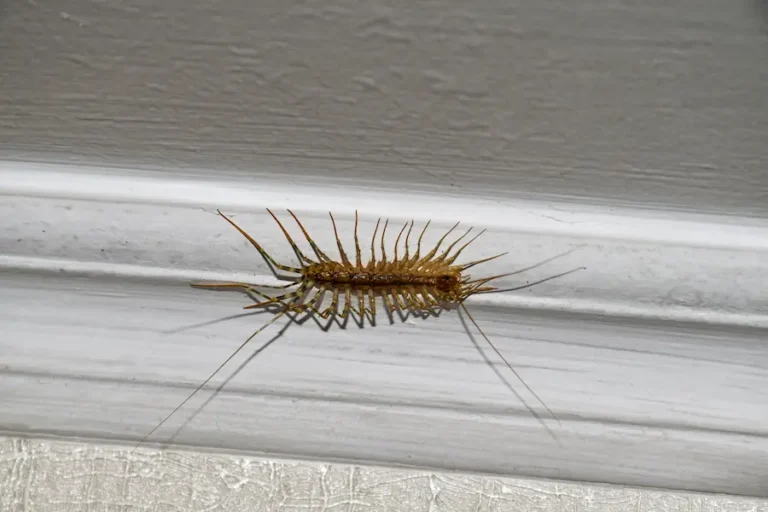Description
Phorid flies are small flies, tan to dark brown in color, up to 1/8 inch in length, and distinguished humpbacked. Any organic material that remains wet can potentially be utilized for food and breeding by this fly. The female deposits 20 eggs at a time and can produce 40 eggs in 12 hours. Larvae emerge within 24 hours and feed for 8 to 16 days before crawling to a dry area to pupate. Under ideal conditions, the lifecycle can be completed in as little as 14 days or take as long as 37 days.
Biology and Behavior
- Because they frequent unsanitary areas, phorid flies are a concern as they can transmit pathogenic bacteria onto food or human tissues.
- Phorid flies can be found in mausoleums and mortuaries and will infest human cadavers.
- Commercial kitchens that ‘wet wash’ with pressurized water often push moist organic debris into cracks under equipment and gaps under walls where the material ferments and breeds phorid flies.
- The most difficult infestations happen due to sub-slab breaks in drain lines where organic material accumulates. Adult flies or larvae enter the living space through cracks in the slab, gaps around utility penetrations, or unsealed expansion joints.
- You can find sub-slab infestations by boroscopes used to locate broken lines or cutting a core hole in the slab to look for conducive conditions or signs of activity. Replace all infested soil and repair the leaks to solve these problems.
- Phorid fly problems are also common in overwatered house plants and floral displays, as well as pet terrariums.
- Wet mops and brooms that collect moist organic material and are not cleaned and stored properly are good breeding sites.
Phorid Fly Control Tips
- Insect light traps are effective against adult phorid flies but will not solve a problem completely, as developing flies will remain.
- Eliminating the breeding sites through sanitation and moisture control are the only methods for long-standing control.
- Applications of bio enzyme-based cleaning agents and growth regulators are beneficial in eliminating organic material in unseen microenvironments.
- Use lids and liners on trash receptacles to keep out foraging flies and aid in cleaning and empty them daily.
- Cover gaps leading to suspected, hidden breeding sites with tape to trap emerging flies and show activity.
- Do not stop searching after discovering one source of an infestation, as there are often more.
Action’s Fly Control Services
- Small Fly Control
- Restaurant & Commercial Kitchen Services
- Commercial & Industrial Pest Management



